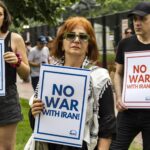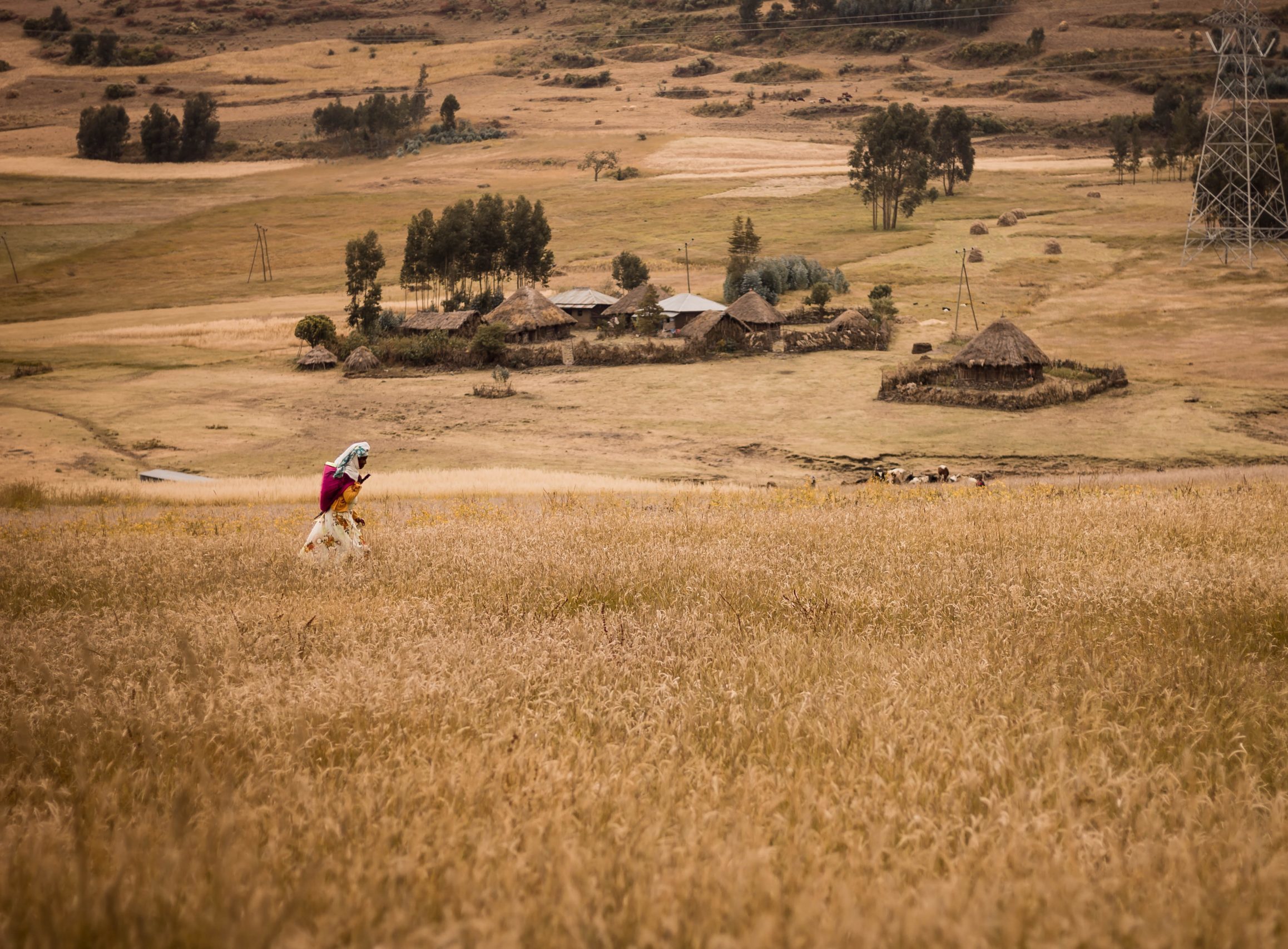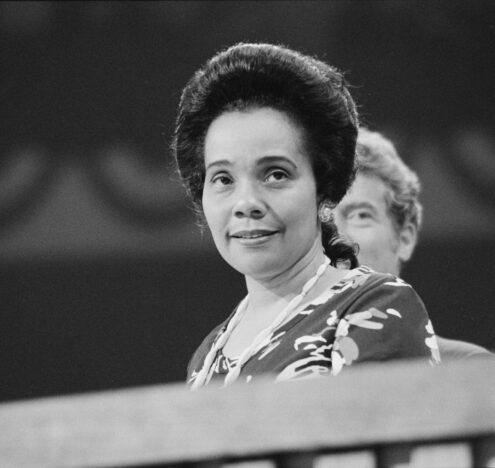It has been a year since the civil war in Ethiopia erupted in Tigray on Nov. 4, 2020. According to the Ethiopian government, the war was meant to be “a law enforcement operation,” which the army thought would end in about two weeks. Yet, on Nov. 28, 2020 the Ethiopian National Defense Forces captured Mekelle, the capital city of the Tigray regional government.
Similar to George W. Bush’s “mission accomplished” speech in 2003, where he declared a premature victory of the US war in Iraq, Ethiopia’s Prime Minister Abiy Ahmed pronounced the three-week-old war to be a success, and one without a single civilian death. The Tigray People’s Liberation Front (TPLF), Ethiopia’s dominant political party till Abiy came into power, was declared to have disappeared into thin air.
What the prime minister and other officials left out was the role of Eritrean troops in the war — a strategic omission that highlights unresolved grievances between Eritrean and Tigray leaders despite the successful peace agreement between Ethiopia and Eritrea that was finalized in July 2018. As the violence in Tigray continues, the Ethiopian government’s actions may have dire consequences for the state.
THE CURRENT CRISIS
One of Abiy’s last election campaign pledges was to reduce the violence in Tigray, which he aims to fulfill by engaging in a counterinsurgency offensive designed to weaken (and perhaps destroy) the TPLF. A year ago, Abiy’s government declared a state of emergency in Tigray and restricted all communications, including the Internet. The Ethiopian military, however, was unable to maintain control of the Tigray region, despite the involvement of militia fighters from Amhara, which is in the south of Tigray, and the Eritrean military, which is in the north of the region. Even then, the offensive did not hold and the TPLF and its armed wing, including non-TPLF members, the Tigray Defense Forces, retook Mekelle on Jun. 29, 2021.
Where one can always hope for a lasting ceasefire, that is rarely in the case in the Horn of Africa. As history has shown us, civil wars in the Horn usually result in new states.
As the violence has intensified, the Tigray Defense Forces, along with the Oromo Liberation Army— the armed wing of the Oromo Liberation Front, a political party focused on the self-determination of the Oromo people in Ethiopia — are advancing toward Ethiopia’s capital, Addis Ababa, where Abiy declared a state of emergency. The Tigray Defense Forces and the Oromo Liberation Army have formed a coalition with seven other groups. Abiy describes the Tigray forces as a “cancer,” “weeds,” and “disease” while an evangelical pastor, an advisor to the prime minister, has gone as far as saying that Tigrayans should be wiped from history. Reports of massacres, sexual violence, and human rights violations continue to come out of Ethiopia.
NATIONALISM, CIVIL WARS, AND VIOLENCE IN THE HORN
Violence, however, is not new to the Horn of Africa, where the winner always takes all, leaving the contenders with only one option: To fight back. It has changed the map of the region in the last 30 years. Two new states have emerged, and another country, Somaliland, has become a de facto state — though it lacks international recognition. Eritrea became independent after 30 years of war, while South Sudan became a sovereign state after 20 years of war — and each civil war was devastating, where thousands were killed and even more displaced.
Independence, however, has not reduced conflict. Since its independence in 1991, Eritrea has been at war with all of its neighbors, which includes Ethiopia, Yemen, Sudan, and Djibouti. The situation for South Sudan has been even worse: The new country has been in the midst of a civil war since it became independent in 2011 and is almost a failed state. Similarly, Somalia has been in turmoil since 1991. Sudan has been under a brutal dictatorship for the last 30 years, where a popular uprising toppled the regime in 2019. Sudan, however, seems to be back at square one: After the military ended the fragile civilian and military coalition, it’s in the middle of a difficult democratic transition that is mired by violence between the army and peaceful protesters.
The situation is not that much different in Ethiopia, where several nationalist movements have taken up arms against the state. Tigray has been a center of conflict since 1975, when the TPLF — then more of a paramilitary group than political party — first began to rebel against the Ethiopian government. The rebellion, and consequent government response, resulted in thousands fleeing from Tigray and seeking refuge in neighboring countries. Research is revealing that during this time period, the Amhara militia, along with both Eritrean and Ethiopian soldiers, committed grave atrocities in Tigray, including sexual violence.
After overthrowing the Ethiopian government in 1991, the TPLF formed a government and has been the dominant political party, under the umbrella of the Ethiopian People’s Revolutionary Democratic Front (EPRDF) till Abiy, who was a member of an Oromia party that is part of EPRDF, won the premiership in 2018.
ETHIOPIA’S DEVASTATING WAR
The root causes of the war go deeper than the fight between the TPLF and Ethiopia’s federal government and its allies like the Amhara. It partly lies in the formation of the modern Ethiopian state that was based on the subjugation of various ethnic groups — after all, modern Ethiopia has had an ethnic-based federal system since 1994 that has aggravated ethnic differences. It lies in the differences between those forces’ visions who want to strengthen the federal system and democratize it and those who wish to abandon the ethnic-based administration and go back to a unitary state defined by citizenship. It partly lies in the way the TPLF ruled Ethiopia with an iron fist for the last 27 years, which is marked by a “deep state” mentality where Tigrayans dominated the military, security services, and the economy even though they make up just about 6% of Ethiopia’s population, which is approximately 110 million people.
Until the war ends temporarily through negotiations and a political settlement, the innocent civilians in the Afar, Amhara, and Tigray regions will continue to suffer the most.
Another cause of the war is the Eritrean–Ethiopian border dispute, which was left unfinished in 2000 and reflects animosity between the ruling parties in Tigray, the TPLF, and the ruling party in Eritrea, Peoples’ Front for Democracy and Justice. The Tigrayans are a homogenous group: About 95% of them speak the same language, Tigrinya, and belong to the same Orthodox Christians Church of Ethiopia that the Amhara also belong to. While Tigray and Amhara are neighbors, the disputed territory has caused deep rifts between the regions. And with the recent military victories, the Tigray Defense Forces have proven themselves to be a formidable military force that could potentially overpower Amhara’s paramilitary forces.
CAN THERE BE A CEASEFIRE?
It is, however, in the interest of the TPLF to shorten the war as it may not be able to sustain it for an extended period. The Ethiopian government also wants to finish it off once and for all, but it seems to have exhausted its military resources. There are initiatives for negotiations going on, but the Tigray Defense Forces seems determined to bring an end to Abiy’s regime and form a transitional government of all stakeholders. Abiy’s demand for the Tigray Defense Forces to withdraw from the Amhara and Afar regions is not accepted by the TDF as that may put the Tigray region under threat again.
There is a major lack of trust between both sides. As outlined by the President of the Tigrayan government recently, the TPLF is not interested in ruling Ethiopia. Instead, the TPLF, through a transitional government, wants to bring the perpetrators of crimes in Tigray to justice, demand war compensation for damages done in the region, ensure Tigray is not under threat again, and pave the way for a referendum to decide on self-determination. If the Tigray Defense Forces and Oromo Liberation Army enter Addis Ababa and topple Abiy’s government, that won’t necessarily mean the end of the war; rather it’ll be the beginning of another phase of the war. The biggest losers will be the Amhara — and it is unlikely that they will accept the status quo.
Until the war ends temporarily through negotiations and a political settlement, the innocent civilians in the Afar, Amhara, and Tigray regions will continue to suffer the most. The Ethiopian masses already feel the economic cost of war in their daily lives. The UN stated that more than 7 million people need humanitarian aid in northern Ethiopia today, but efforts to mobilize assistance in the Tigray region are increasingly difficult due to the inability to move cash, fuel, and supplies into the region. As a result, there are currently approximately 5 million people who lack food, and an estimated 400,000 living in famine-like conditions.
Where one can always hope for a lasting ceasefire, that has rarely been the case in the Horn of Africa. As history has shown us, civil wars in the Horn usually result in new states. We may very well be seeing the birth of a new state of Tigray, and perhaps even a regime change in Eritrea. Regardless of how many states are formed, regular Ethiopians continue to suffer.
Mohamed Kheir Omer is an African-Norwegian writer and researcher based in Oslo, Norway.




















